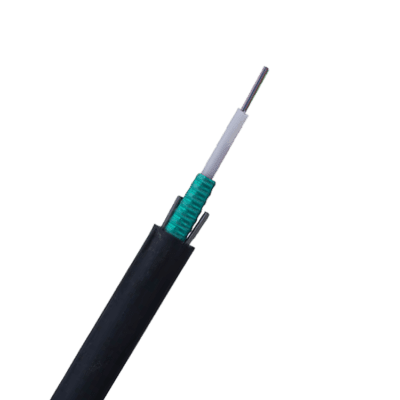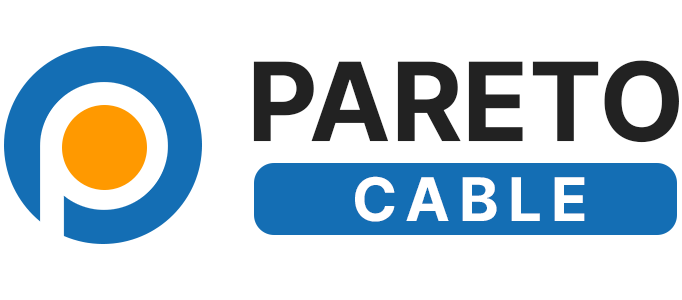What is Armored Fiber Optic Cable?
Armored fiber optic cable contains fiber strands that send data through light pulses. These fibers, however, are fragile and can be damaged by pressure, cuts, or animals. To protect them, armored cables include a layer of metal—usually steel or aluminum—wrapped around the cable. This metal armor adds strength and keeps the fibers safe, even in tough conditions like heavy pressure, impacts, or extreme weather.

Types of Armored Fiber Optic Cables
- Corrugated Steel Tape Armored (STA):
This type uses steel tape wrapped around the cable. It provides strong protection against physical damage, moisture, and pressure, while helping the cable keep its shape and strength. - Aerial or Direct Burial Armored Fiber Cables:
These are designed for outdoor or underground use, where they may face water, extreme temperatures, or animal damage. The armor is usually thicker, making these cables suitable for both direct burial and aerial installations.
Benefits of Armored Fiber Optic Cables
- Durability: The metal armor helps protect the cable from physical damage, reducing the risk of service disruptions or costly repairs.
- Security: Armored cables are harder to tamper with, making them ideal for areas that are prone to theft or vandalism.
- Versatility: Their strong design means they can be used in many different environments, from underground trenches to aerial installations and industrial locations.
- Longer Lifespan: The added protection extends the cable’s life, reducing the need for replacements or repairs.
Conclusion
While armored fiber optic cables can be more expensive than regular cables, their durability and security make them a good investment for installations that need extra protection. Whether used for underground, aerial, or industrial purposes, armored cables offer reliable performance, even in tough conditions.
